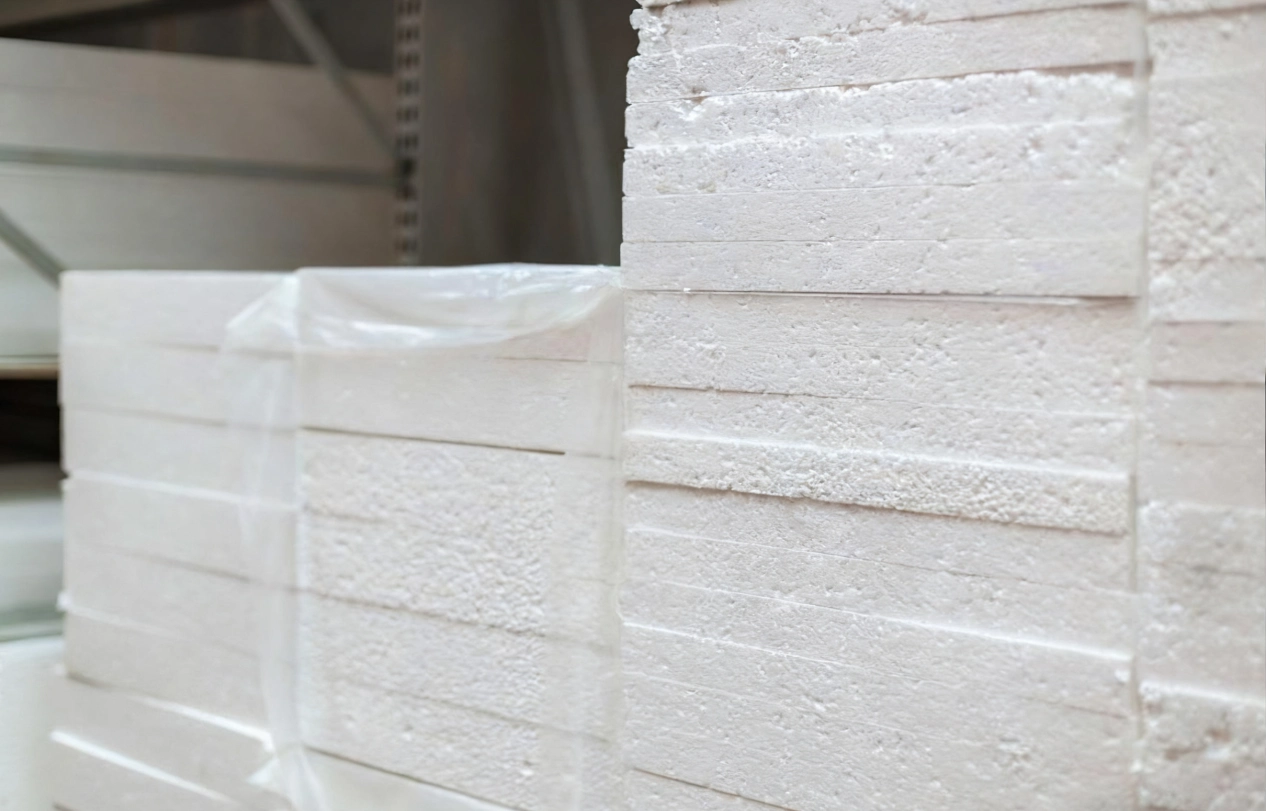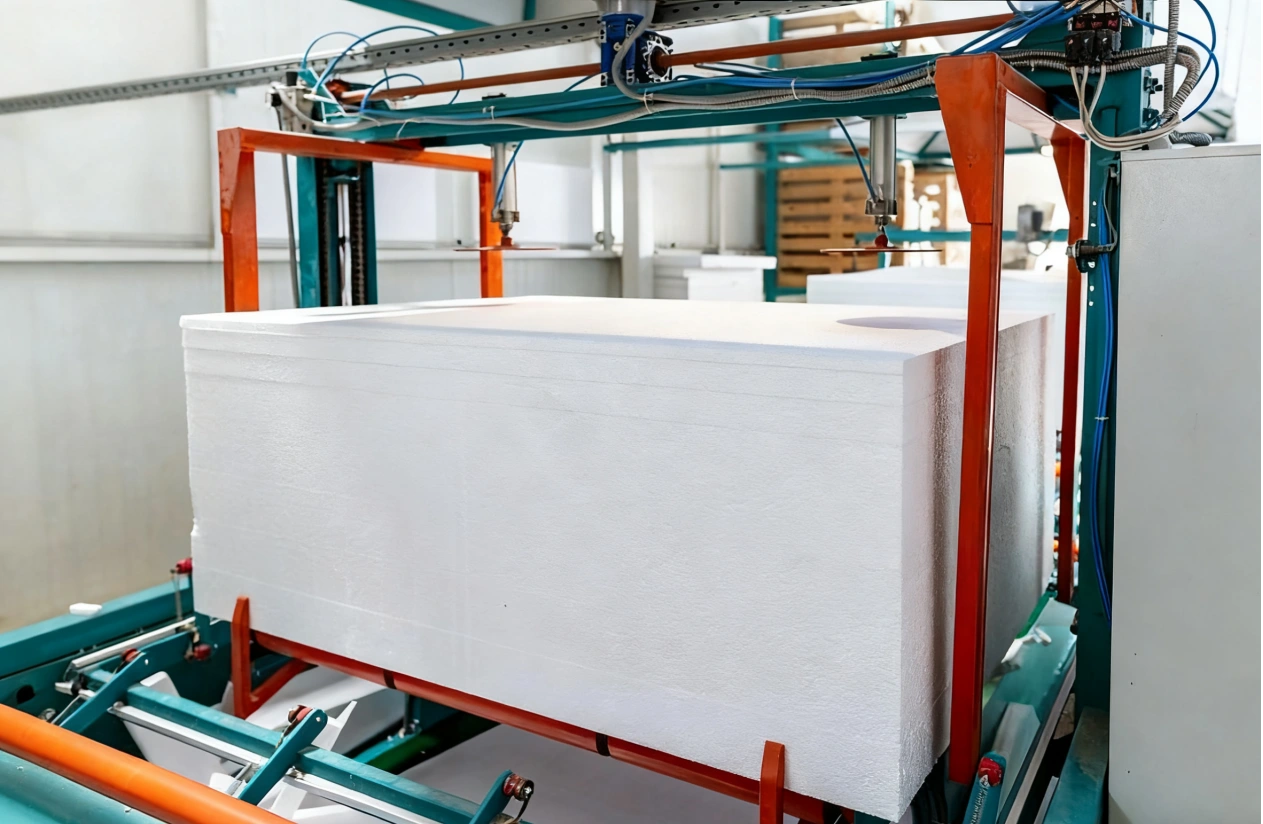In the fields of construction, packaging and insulation, choosing the right EPS foam is of utmost importance. Many buyers make hasty decisions based solely on the price, only to end up with product malfunctions or failures. Facing the stacks of fragile expanded polystyrene packaging in the warehouse, or the deformed EPS foam boards that have been heated, do you regret your hasty decision? Therefore, from the very beginning, attention should be paid to the quality issues of EPS. High-quality EPS foam has long-lasting performance and can reduce long-term costs, avoiding various problems. This guide will help you identify top-quality EPS foam and provide tips on its main characteristics, suppliers and actual costs. Whether you are purchasing custom EPS foam for a project or standard expanded polystyrene packaging, these insights can help you make a wise choice.

Key Indicators for Evaluating EPS Foam Quality
The properties of EPS foam are more than just paper specifications; they influence how the material performs in real-world applications. From building insulation to protective packaging, high-quality EPS foam withstands the pressure. Let’s analyze the key factors, starting with basic parameters like density, then moving on to strength and surface treatment. Each factor plays a crucial role in the overall reliability of expanded polystyrene foam.
- Density: Density tells you a lot about EPS foam strength and insulation power. Measured in pounds per cubic foot (pcf), it ranges from 0.7 pcf for light packaging to over 3 pcf for heavy-duty EPS foam panels. Low-density expanded polystyrene foam works fine for simple cushioning, but it fails in load-bearing spots. Therefore, higher density means better durability. For example, HUASHENG’s Standard Grade E EPS foam hits densities from 13 g/l upward, making it ideal for expanded polystyrene bead board panels. Density also impacts EPS foam cost; denser materials run higher upfront but save on replacements.
- Compressive Strength: This measures how much pressure EPS foam withstands before deforming. Compressive strength starts at 10 psi for basic expanded polystyrene packaging and climbs to 60 psi or more for industrial EPS foam panels. Weak foam buckles under loads, causing cracks in walls or damaged goods in transit. Stronger options, like those from top EPS suppliers, resist up to 25 psi at 1% deformation. HUASHENG’s products, for instance, show excellent fusion in beads, boosting strength for EPS building panels. Test it yourself: stack weights on a sample and watch for dents. Poor performers dent at 15 psi, while quality ones hold firm longer.
- Surface Finish & Consistency: A smooth, even surface signals good manufacturing. Inconsistent EPS foam shows bubbles or rough patches, which weaken bonds in assemblies. For expanded polystyrene foam in packaging, rough finishes snag on items, causing tears. Quality foam has uniform cells throughout. HUASHENG achieves this with precise foaming, resulting in smooth EPS foam panels that cut cleanly. Inspect by running a hand over the surface—pits or variations mean lower grade. Consistency also means stable sizes; cheap foam shrinks by 2-3% over weeks, throwing off measurements in custom EPS foam projects.
- R-Value: R-Value rates thermal resistance, crucial for insulation. EPS foam typically offers 3.8 to 4.4 per inch at 1 pcf density. Higher densities push this up slightly. In cold storage, low R-Value leads to energy loss—up to 20% more in heating bills. For example, HUASHENG’s expanded polystyrene foam maintains steady R-Values, even in humid conditions. Measure it in labs, but real-world tests show quality foam keeps interiors 5-10 degrees cooler. This trait shines in EPS insulation panels for buildings.
These indicators connect directly to performance. Once you grasp them, the next step involves who supplies the EPS foam. A great product starts with a solid supplier.
Your Supplier Matters More Than You Think
Beyond the foam itself, the EPS supplier plays a huge role. They control raw materials, processes, and support. Bad suppliers ship inconsistent batches, leading to project delays. Good EPS suppliers back their products with expertise. This section will explore what to look for in a partner.
Choosing an EPS supplier isn’t just about quotes. It’s about their track record in delivering custom EPS foam or expanded polystyrene packaging that fits your needs. Reliable ones invest in tech and testing, ensuring every batch meets the standard.

- Certifications & Standards: Certifications prove compliance with safety and quality rules. Look for ISO 9001 for manufacturing consistency or ASTM approvals for EPS foam properties. Without these, risks rise—foam might not meet fire codes, failing inspections. HUASHENG holds multiple certificates, confirming their recycled EPS foam and standard grades meet global standards. This covers everything from EPS foam beads to full panels. Check supplier docs; missing certs often mean shortcuts in production.
- Customization & Technical Support: Not all projects use off-the-shelf EPS foam. Custom EPS foam can be tailored to specific shapes and densities for specific applications, such as specialized expanded polystyrene packaging for ceramic lamps. Top EPS suppliers offer design help and quick tweaks. HUASHENG, for example, can develop special formulas based on demand and respond quickly. Without support, you might end up with misfits, wasting 10-15% of material. Good tech teams guide density choices, cutting trial errors.
- Samples & Testing: Reputable suppliers send free samples for your tests. This lets you check compressive strength or R-Value firsthand. Top EPS suppliers encourage this—it’s their confidence showing. HUASHENG provides samples of their Standard Grade E, perfect for EPS foam panels. Test for fusion: break a piece and see if beads separate easily. Poor ones do, indicating weak bonds. This step avoids buying blind.
- Company Reputation & Case Studies: Reputation builds over years. Read reviews and case studies for proof of reliability. HUASHENG, a leading EPS supplier in China, has cases in display packaging and insulation. They’ve supplied EPS foam for TV modules and OLED trays, with zero failures in tests. Shady suppliers lack such stories, often dodging questions.
A strong supplier enhances the value of EPS foam. But what about costs? Many only focus on the low price, while ignoring the long-term benefits.
Why Cheap EPS Foam Actually Costs You More
Low-price EPS foam tempts buyers, but hidden expenses add up fast. It’s not just the sticker price—think downtime, waste, and repairs. This section flips the script on budgeting. We’ll compare price to total cost, showing how quality pays off.
Shifting from cheap to quality EPS foam changes outcomes. For instance, a batch of bargain expanded polystyrene foam might seem like a deal at 20% less, but if it fails midway, rework doubles expenses. Let’s dig into why.
- Price vs. Cost: Unit price is upfront, but total cost includes lifespan and efficiency. Cheap EPS foam costs $0.50 per board foot, while quality runs $0.70—but the latter lasts twice as long. In expanded polystyrene packaging, low-end foam breaks, leading to product damage claims of $500 per shipment. HUASHENG’s EPS foam cost factors in durability, reducing such risks. Calculate totals: over a year, cheap options rack up 30% more in extras.
- The Value of Consistency: Inconsistent foam varies batch to batch, causing production stops. One lot might expand unevenly, scrapping 5-10% of output. Quality EPS foam, like from top EPS suppliers, delivers uniform results. HUASHENG’s Standard Grade E ensures even foaming at 55-95 times ratio, minimizing variances. This consistency boosts efficiency, saving hours on lines.
- The Minimized Waste Factor: Cheap foam generates more scraps—up to 15% from poor cuts or shrinkage. High-quality expanded polystyrene foam trims waste to under 5%. HUASHENG’s smooth surfaces in EPS foam panels allow precise fits, cutting losses. In custom EPS foam, this means less material bought overall.
Addressing price concerns head-on shows that total cost analysis favors quality. Cheap foam drains budgets quietly.
Conclusion
The key to identifying high-quality EPS foam lies in checking its density, strength, surface smoothness and R value, while choosing a reliable EPS supplier is of vital importance. HUASHENG stands out as a trustworthy partner, offering top EPS like Standard Grade-E for EPS foam panels and expanded polystyrene packaging.
As a high-tech enterprise specializing in EPS research, development, production, and sales, HUASHENG’s recycled EPS foam and expandable polystyrene products are both ISO and SGS certified, highlighting its high-quality full-process environmental control and energy consumption reduction of more than 30%. With plans for a carbon-neutral demonstration plant by 2026, aiming for over 85% emission cuts across the chain, the company leads in green intelligent manufacturing.
This blend of technological prowess—in density, compression, and insulation—plus customized services, earns HUASHENG recognition as a pioneer in sustainable EPS solutions. For custom solutions that fit your project, please contact us at info@r-eps.com. Quality EPS foam isn’t an expense—it’s an investment in reliability.






